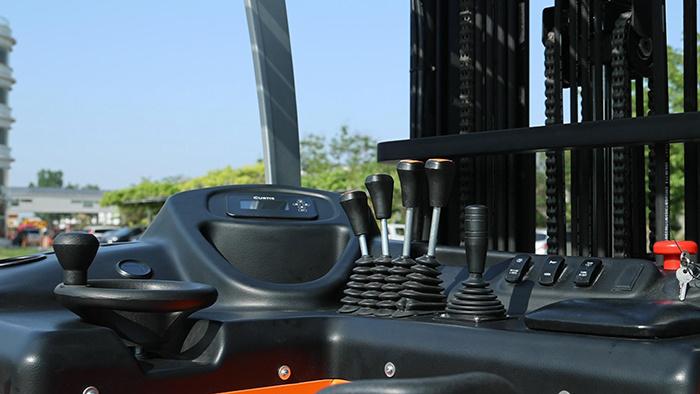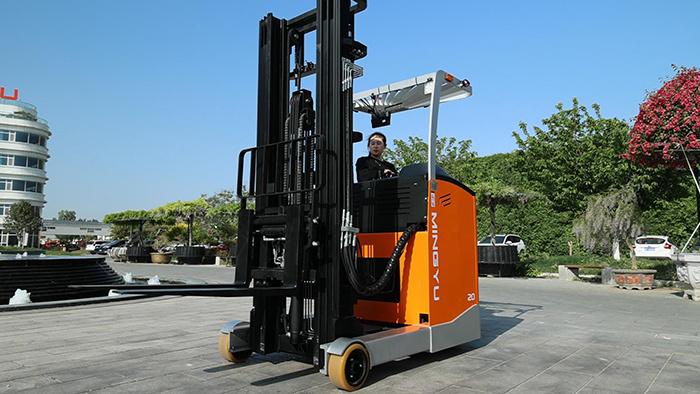How Do I Choose the Right Racking System for My Warehouse?
1. Introduction
Efficient storage is essential for any warehouse aiming to optimize space, improve workflow, and increase productivity. The choice of a racking system plays a crucial role in meeting these goals. Selecting the right type of racking can help maximize storage capacity, enhance accessibility, and improve inventory management. This article provides a comprehensive guide to help warehouse managers and business owners choose the best racking system tailored to their unique storage needs.
2. Understanding Warehouse Storage Needs
Before choosing a racking system, it’s important to understand the specific storage requirements of your warehouse:
Types of Goods: Are you storing pallets, cartons, long or bulky items? Are products perishable or non-perishable?
Volume and Turnover: How many items do you store, and how frequently are they moved?
Handling Equipment: What equipment do you use? Forklifts, pallet jacks, or automated systems?
Space Constraints: What is the size and layout of your warehouse?
A clear understanding of these factors sets the foundation for selecting the right system.
3. Overview of Common Racking Systems
There are several types of racking systems commonly used in warehouses:
Selective Pallet Racking: Most common type, allows easy access to every pallet.
Drive-In/Drive-Through Racking: High-density storage; forklifts drive inside the rack.
Push Back Racking: Pallets are stored on carts that move along inclined rails.
Pallet Flow Racking (Gravity Flow): Uses rollers and gravity for FIFO (first-in, first-out) inventory.
Cantilever Racking: Designed for long or bulky items like pipes or lumber.
Mezzanine Racking: Adds extra storage levels by creating mezzanine floors.
Mobile Racking Systems: Racks mounted on mobile bases to maximize floor space.
4. Factors to Consider When Choosing a Racking System
Important considerations include:
Load Capacity: Weight each rack must support.
Accessibility: How quickly can goods be retrieved?
Storage Density vs. Selectivity: Balance between maximizing space and ease of access.
Type and Size of Items: Pallet size, shape, and weight.
Safety Regulations: Compliance with local and industry standards.
Budget: Initial investment and maintenance costs.
Scalability: Ability to expand or modify in the future.
5. Matching Racking Systems to Specific Needs
For high-density storage with less frequent access, drive-in, push back, or pallet flow racks are ideal.
For high selectivity and fast-moving items, selective pallet racks are preferred.
For long or awkward items, cantilever racks provide optimal support.
To maximize space, consider mobile racking or mezzanine systems.
6. Assessing Warehouse Equipment Compatibility
Ensure the racking system works seamlessly with your material handling equipment such as forklifts, reach trucks, or automated guided vehicles (AGVs). Proper compatibility enhances efficiency and reduces damage risk.
7. Safety Considerations
Safety is paramount:
Confirm racks meet load limits.
Ensure structural integrity and compliance with fire safety codes.
Implement proper loading and unloading procedures.
Schedule regular inspections and maintenance.
8. Budgeting for Your Racking System
While initial costs may vary, investing in the right system yields long-term benefits:
Installation and maintenance expenses.
Potential ROI from increased storage efficiency.
Avoiding future costly modifications by planning ahead.
9. Installation and Maintenance
Choose reputable installers to minimize disruption. Plan installations during low-activity periods. Regular maintenance includes checking for damage, tightening bolts, and replacing worn parts.
10. Technological Innovations in Racking Systems
Modern warehouses benefit from innovations like:
Automated Storage and Retrieval Systems (AS/RS)
IoT-enabled smart racks that monitor stock levels and condition
Modular racks adaptable to changing needs
11. Case Studies or Examples
Examples from industries such as retail, automotive, and cold storage show how customized racking solutions improve operational efficiency and storage capacity.
12. Conclusion
Choosing the right racking system depends on a detailed understanding of your warehouse’s specific needs, balancing accessibility, density, safety, and budget. Consulting with experts and planning for future growth will ensure the investment supports your business goals for years to come.
Post time:Jul.04.2025



